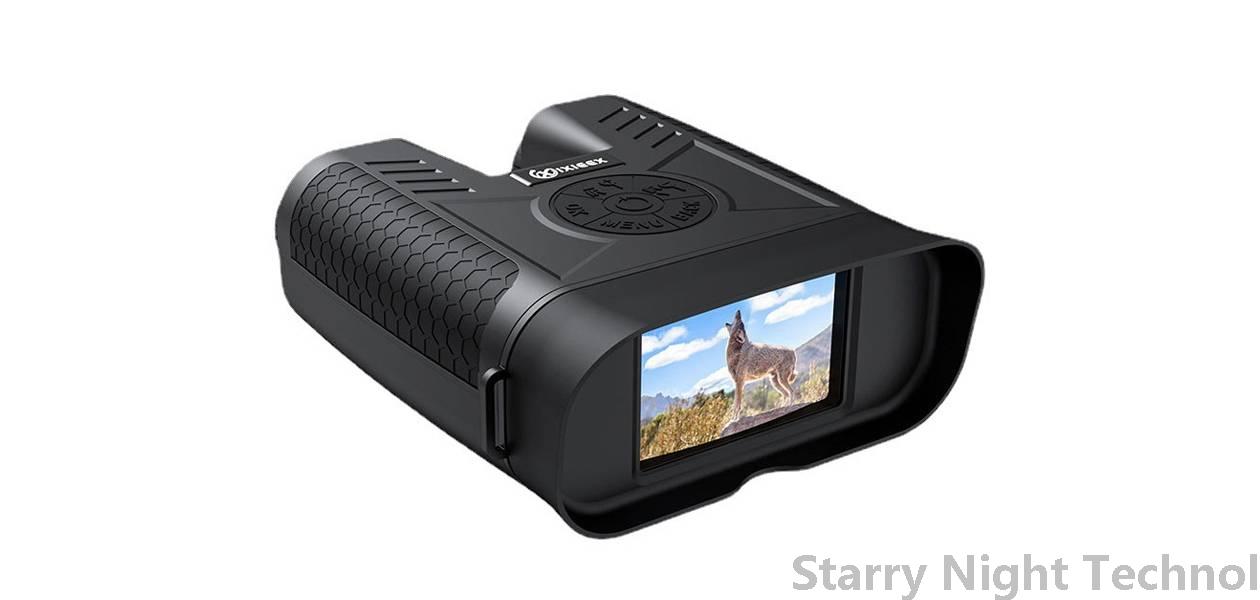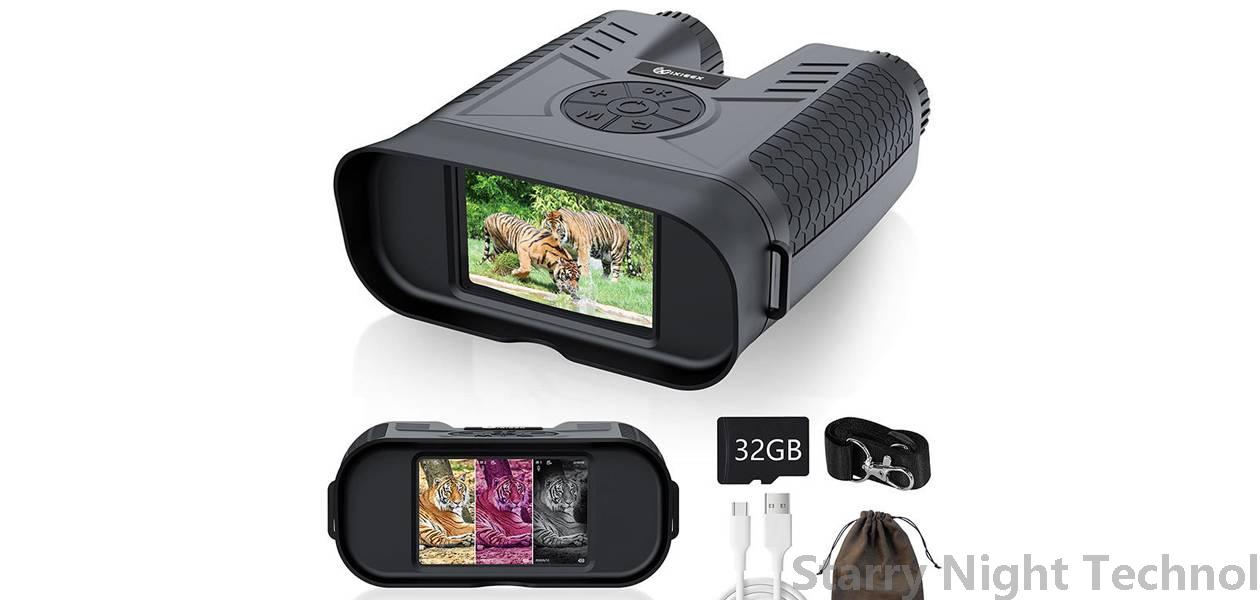The Role of Night Vision Devices in Advancing Operations
1759647626000

In the dynamic landscape of modern warfare and security operations, technology plays a pivotal role in shaping strategies, enhancing effectiveness, and ensuring the safety of personnel. Amongst these cutting-edge advancements, night vision devices (NVDs) stand out as crucial tools that have revolutionized how military and law enforcement agencies operate after dark. With the ability to see in complete darkness or low-light conditions, NVDs are not merely enhancements; they are game-changers altering tactics, outcomes, and operational efficiency.
#### A Brief Overview of Night Vision Technology
Night vision technology primarily encompasses two categories: active illumination systems and passive infrared systems. Active systems employ an artificial light source, such as infrared lasers or illuminators, which can help increase visibility; however, their clear drawback is that they can expose users' positions. Passive night vision devices, on the other hand, collect and amplify available ambient light – including starlight and moonlight – to create visible images without revealing the user's location. Other advanced technologies include thermal imaging, which detects heat emitted by objects regardless of visible light, significantly augmenting situational awareness during nighttime operations.
#### Tactical Advantages
One of the most significant advantages offered by NVDs is enhanced situational awareness. In combat scenarios, the element of surprise can be essential for success. Nighttime operations allow militaries to leverage cover while minimizing enemy visibility but come with inherent challenges due to limited visibility. Night vision devices negate many of those challenges by creating clearer visual representations in the dark, allowing operatives to identify hostiles, navigate terrain, and execute missions effectively even at nighttime.
The incorporation of NVDs into tactical training further solidifies their importance. Soldiers trained to operate under low-light conditions using night vision gear develop skills that improve decision-making processes and reduce friendly fire incidents. As units practice various scenarios utilizing night vision devices, they grow more adept at operating under different ranges and environments, leading to improved confidence and readiness during actual missions.
#### Improving Law Enforcement Capabilities
Beyond military applications, night vision devices play an equivalent role in advancing law enforcement efforts. Police forces worldwide face unique challenges daily, particularly when confronting criminal activities occurring under the cloak of darkness. The integration of NVDs empowers officers to undertake surveillance operations, apprehend suspects, and conduct search-and-rescue missions effectively. Surveillance drones equipped with night vision capabilities enhance reconnaissance efforts by providing valuable aerial perspectives, thus amplifying overall situational awareness.
 #### Search and Rescue Operations
#### Search and Rescue OperationsSearch and rescue (SAR) missions also benefit immensely from the use of night vision devices. These critical operations often unfold in challenging environmental conditions that compromise visibility. Teams equipped with NVDs can locate stranded hikers, lost vehicles, or disaster survivors more swiftly, ultimately saving lives. Drones fitted with thermal imaging technology serve dual purposes in SAR efforts: they provide rapid assessment from above and assist ground teams in understanding the geographical layout of difficult terrains.
For humanitarian organizations working in disaster relief or crisis zones, night vision devices facilitate efficient coordination and execution of operations around the clock. Being able to navigate through controlled chaos enables aid workers to deliver timely assistance, assess conditions, and ensure safety despite corrupted lighting.
#### The Future of Night Vision Devices
As technology continues to evolve, so too does the capability of night vision devices. Innovations in digital image processing, augmented reality (AR), and enhanced sensor systems promise to introduce new layers of functionality, boosting performance and user experience. The advent of lightweight materials and miniaturization techniques will result in wearable and portable devices that offer superior ergonomics and comfort during prolonged usage.
Furthermore, integrating artificial intelligence (AI) could enable automation features that dynamically adjust settings based on environment simulation, aiding operators in real-time decision-making processes, reducing cognitive loads in high-pressure situations.
Despite tremendous strides made in the realm of night vision technology, addressing concerns over cybersecurity remains vital. As sophisticated malicious actors advance their tactics, safeguarding the integrity of communication networks and data utilized by NVDs must remain a priority.
#### Conclusion
Night vision devices represent one of the quintessential technological advancements of the past few decades, notably transforming military and law enforcement operations globally. They offer unprecedented visual acuity in darkness, providing tactical advantages borne from improved situational awareness and strategic flexibility. From defending freedom on foreign battlefields to conducting community policing back home, NVDs underscore the seamless fusion of innovation and necessity, securing their place as invaluable components within today’s operational frameworks. As we delve deeper into the innovative possibilities surrounding this technology, it becomes evident that its influence on tactical operations and emergency response will only continue to expand, ensuring our professionals remain prepared no matter the challenge presented—even beneath the veil of night.
What to buy for night vision device accessoriesStarry Night Technol

